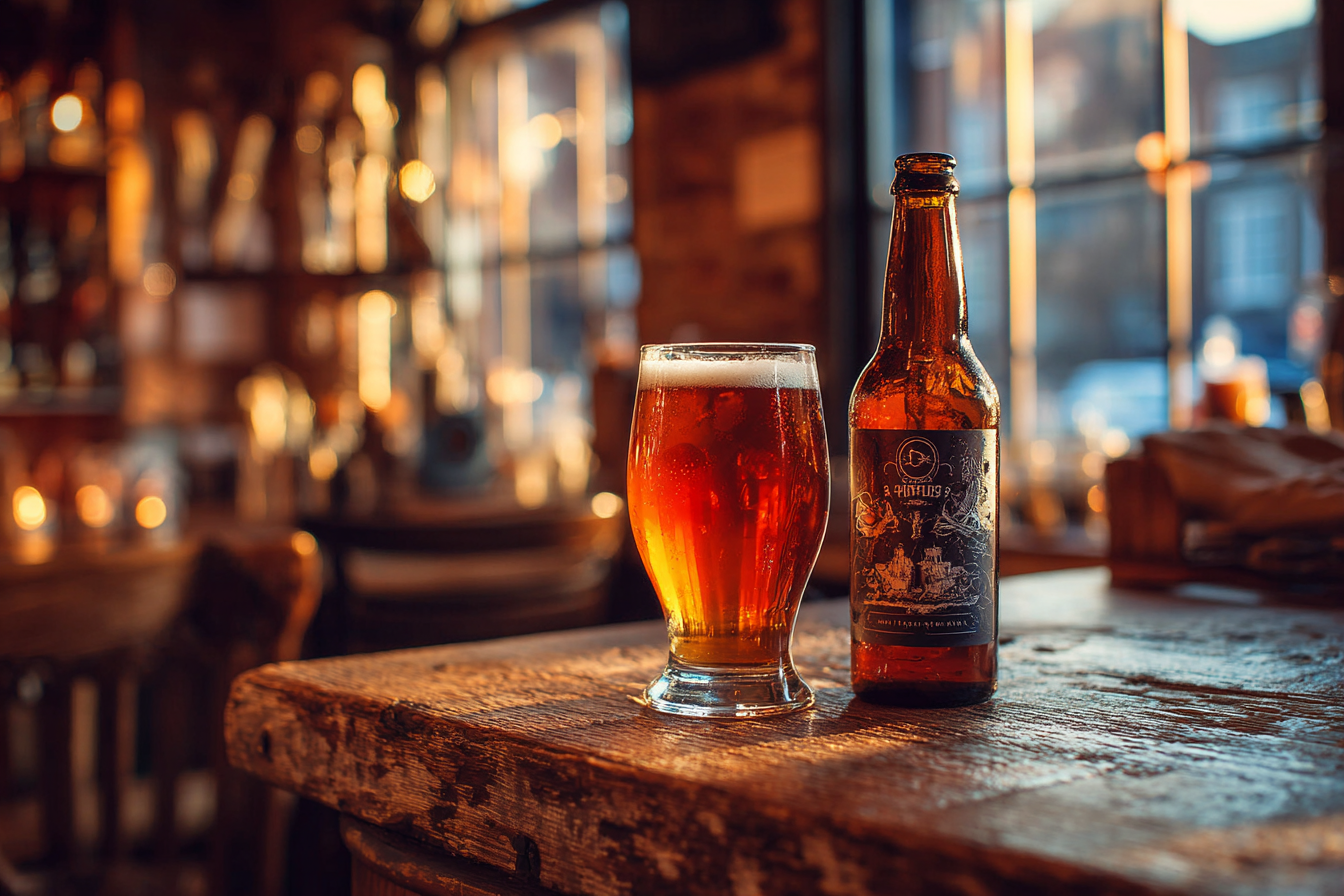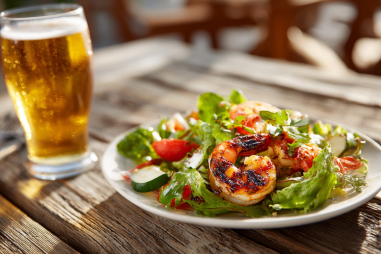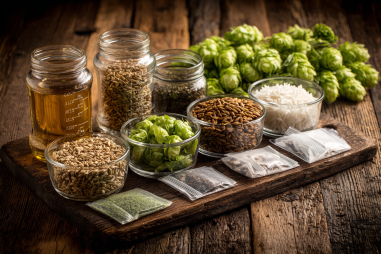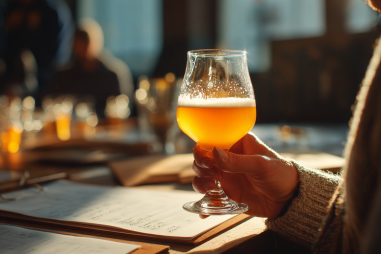Wee heavy beer, a rich and robust style of Scotch ale, is a delightful treat for those who appreciate complex malt flavors and a warming finish. Getting the most out of this brew goes beyond just opening a bottle—it involves thoughtful serving and storage techniques that enhance its natural qualities. Whether you’re a seasoned beer enthusiast or new to this style, understanding the best practices for serving and storing wee heavy beers will elevate your tasting experience and ensure you enjoy every sip at its finest.
Ideal Serving Temperature for Wee Heavy
One of the most important factors in serving wee heavy beer is the temperature at which it is enjoyed. Unlike lighter lagers or pilsners that are best served cold, wee heavy ales benefit from a slightly warmer serving temperature. The ideal range is typically between 50°F and 55°F (10°C to 13°C). At this temperature, the complex malt sweetness, caramel, and toffee notes fully develop and the beer’s full body can be appreciated without any harsh alcohol burn becoming overly prominent.
Serving wee heavy too cold can mute these flavors, making the beer taste flat or overly sharp. On the other hand, serving it too warm may exaggerate the alcohol warmth and heaviness, overwhelming the palate. If your wee heavy has been stored in the fridge, take it out about 15 to 30 minutes before serving to allow it to warm gently to the ideal temperature.
Recommended Glassware Types
The right glass can make a huge difference in how you experience your wee heavy beer. The goal is to use glassware that enhances the aromas, maintains temperature, and allows for proper head formation. Here are some excellent choices:
- Snifter: This glass has a wide bowl and narrow top, which concentrates the rich malt and caramel aromas while allowing the beer to be swirled gently, enhancing the sensory experience.
- Tulip glass: Similar to a snifter but typically slightly larger. The outward flare of the lip promotes head retention and directs aromas toward the nose.
- Pint glass (nonic or shaker): While not ideal for showcasing aromas as much, these are commonly used and practical for sharing. The nonic pint with its slight bulge helps retain the head better than shaker styles.
Whichever glass you choose, make sure it is clean and free from any detergent residue or oils, as these can interfere with the beer’s head and aroma release.
Proper Pouring Techniques
Pouring wee heavy beer properly helps release its aromas, form a healthy head, and avoid excessive carbonation foam. Follow these tips for the perfect pour:
- Tilt the glass: Hold your glass at a 45-degree angle and slowly pour the beer down the side. This minimizes agitation and reduces foam formation.
- Straighten up gradually: When the glass is about halfway full, begin to tilt it upright and pour more directly down the middle to create a 1-2 inch head. This foam layer traps aromatic compounds and enhances the drinking experience.
- Don’t shake the bottle or keg: Vigorous shaking adds unwanted carbonation and can lead to excessive foaming when poured.
- Let it settle: Once poured, allow the beer to rest for a moment to let the foam stabilize before taking your first sip.
Storing Bottles and Kegs Correctly
Proper storage is essential for preserving the flavor and quality of your wee heavy beer. Here are some key points to consider:
- Temperature control: Store bottles and kegs in a cool, dark place with a steady temperature between 50°F and 55°F (10°C to 13°C). Avoid fluctuations, which can negatively impact the beer’s flavor and carbonation.
- Avoid light exposure: Light, especially sunlight or fluorescent lighting, can cause “skunking” or off-flavors. Use opaque or dark storage conditions whenever possible.
- Keep upright: Store bottles standing up rather than lying down to minimize oxidation risk, especially for unfiltered bottles with active yeast.
- Kegs: Maintain keg temperature in a kegerator or controlled environment. Avoid frequent temperature swings or agitation during storage to preserve freshness.
Shelf Life and Aging Potential
Unlike many lighter beers designed to be consumed fresh, wee heavy ales often have substantial aging potential thanks to their high malt content and moderate alcohol level, commonly around 7-10% ABV. Properly stored, some wee heavy beers can develop beautifully over time, gaining complexity and mellowing harsh edges.
Generally, if kept in ideal conditions, you can expect a shelf life of at least 1-3 years for bottled wee heavy beer. With care, some rare or artisanal examples can improve over even longer periods, developing richer caramel, toffee, and dried fruit notes—much like aging fine whiskey.
However, be cautious with aging beers that have been pasteurized or heavily filtered, as they may not benefit as much from extended storage. Always check the brewer’s recommendations for optimal shelf life.
Tips for Transporting and Sharing
If you plan to take your wee heavy beer to a party, picnic, or friend’s house, consider these tips to ensure it arrives in excellent condition:
- Keep it cool: Use a cooler with ice packs or insulated bags to maintain a consistent temperature during transport, especially on warm days.
- Avoid shaking: Handle bottles and kegs gently to prevent excessive carbonation loss or foaming upon opening.
- Use protective packaging: If traveling long distances, use padded carriers or original packaging to prevent breakage.
- Prepare glassware in advance: If serving at a gathering, bring along clean glasses or provide recommendations for guests to use optimal glassware.
- Portion control: Bringing smaller bottles or sharing cans among friends allows everyone to appreciate the beer fresh without waste.
Troubleshooting Common Serving Issues
Even with the best intentions, sometimes things don’t go perfectly when serving wee heavy beer. Here’s how to troubleshoot the most common issues:
- Flat beer: This often results from improper carbonation or old beer. Ensure bottles are stored correctly and handle kegs gently. Serving at the right temperature also helps highlight carbonation.
- Excessive foam (gushing): Can be caused by rough handling or shaking, dirty glassware, or serving too cold. Use gentle pouring techniques and room-temperature glasses.
- Muted flavors: Often a sign that the beer is too cold or stale. Let the beer warm slightly before drinking and check freshness dates.
- Off-flavors: Indicate poor storage conditions such as exposure to light or heat. Ensure beers are kept in a dark, cool place.
- Cloudy appearance: May be normal for unfiltered wee heavy or could signal contamination if unexpected. Check bottle labels for unfiltered notes.
Summary of Best Serving Practices
To truly savor the rich, malty goodness that defines wee heavy beer, keep these pointers top of mind:
- Serve at 50°F to 55°F (10°C to 13°C) to unlock full flavor and aroma depth.
- Choose aroma-friendly glassware like snifters or tulip glasses for the best sensory experience.
- Pour slowly with a tilted glass to build a proper foam head without excessive foam.
- Store in a cool, dark spot upright to maintain freshness and preserve flavors.
- Take advantage of its aging potential by storing well, but consume within recommended times.
- Handle carefully during transport and serving to avoid foaming and integrity loss.
Following these simple expert tips ensures your wee heavy beer delivers its characteristic warmth, complexity, and malt richness every time you enjoy a glass. Raise your snifter, pour slowly, and savor the storied flavors of this beloved Scotch ale tradition!







